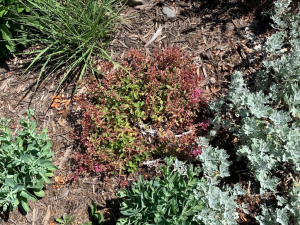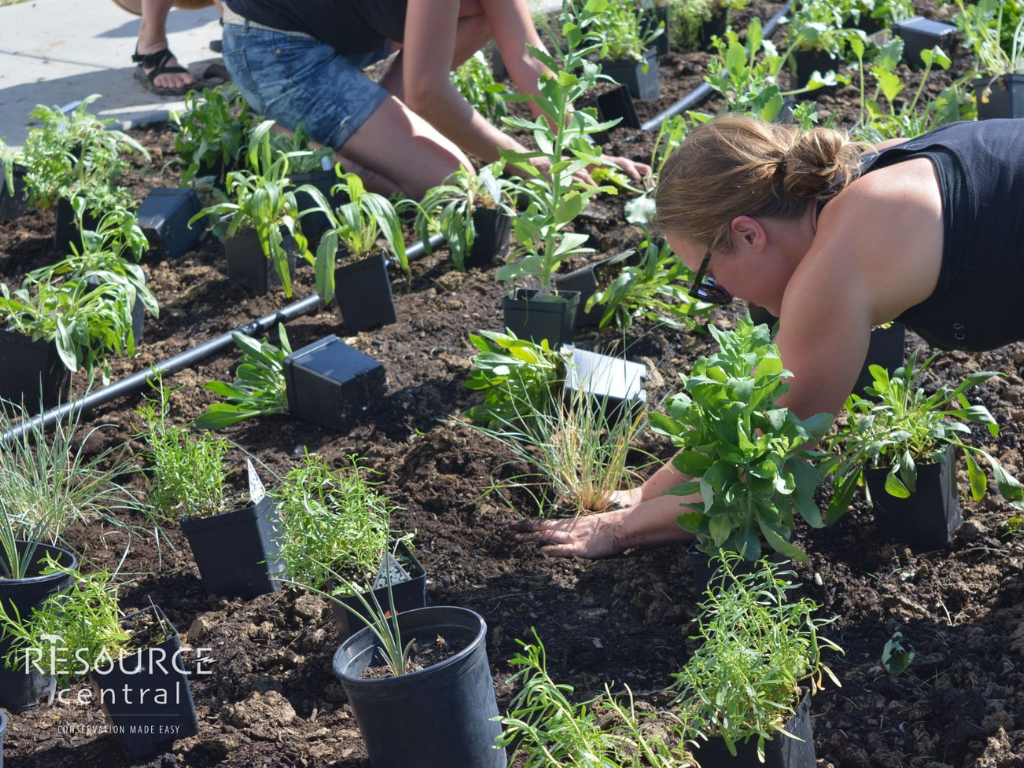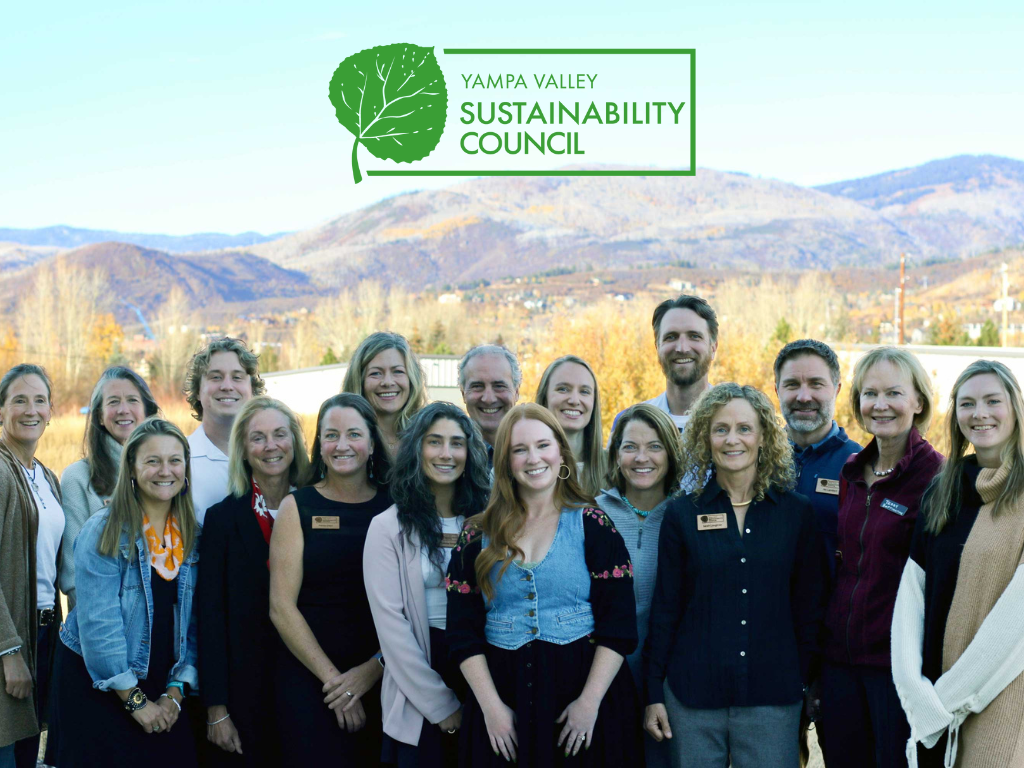Madison Muxworthy, Soil Moisture, Water & Snow Program Manager | July 11, 2021
As see in Steamboat Pilot & Today
The Yampa Valley has experienced the driest April and May on record. This statistic likely isn’t surprising for most Yampa Valley residents but is yet another important reminder of the severity of dryness in the valley this year.
Both counties in the Yampa River Basin, Routt and Moffat, have been in exceptional and extreme drought, the two most severe categories since November 2020. Our soils were dry going into the  winter meaning that spring snowmelt first had to replenish the soils before it reached our waterways. Additionally, we had a below-average snowpack for the Yampa River Basin, so we didn’t have a lot of water stored in the snowpack to melt in the first place.
winter meaning that spring snowmelt first had to replenish the soils before it reached our waterways. Additionally, we had a below-average snowpack for the Yampa River Basin, so we didn’t have a lot of water stored in the snowpack to melt in the first place.
What does all this mean? Less water availability. The time is now to implement strategies that build resiliency in our water use practices and help us adapt to having less water. Below are a few steps that we can take at home to address the changing water landscape in the Yampa Valley.
1. Lessen your outdoor water demands and make sure your landscape is appropriate for Colorado’s semi-arid climate. One way to do this is to consider xeriscaping or incorporating low water-use plants in your landscape. Within the city limits, 30% of treated water is used for outdoor watering of lawns and gardens. Keep an eye out for upcoming workshops with Yampa Valley Sustainability Council to learn more about plants that are adapted to our local climate, how to implement low-water-use practices, and xeriscaping.
2. Water efficiently. Reduce evaporative loss by only watering outdoors before 10 a.m. or after 6 p.m. By watering before or after the heat of the day, water will soak into soils more efficiently. Another tool for reducing evaporative loss and helping with water retention in your garden or landscape is to apply mulch. Using mulch can save up to 30% of applied water.
3. Harvest rainwater for use in your landscape and garden. Rain barrels became legal in Colorado as of 2016. Single-family homes and multi-family units of 4 or fewer units can have 2 barrels with a combined capacity of up to 110 gallons. This is a great way to reduce outdoor use of treated water while also providing an opportunity to understand the natural precipitation patterns locally.
Visit yvsc.org/water-conservation to learn more about water conservation.






